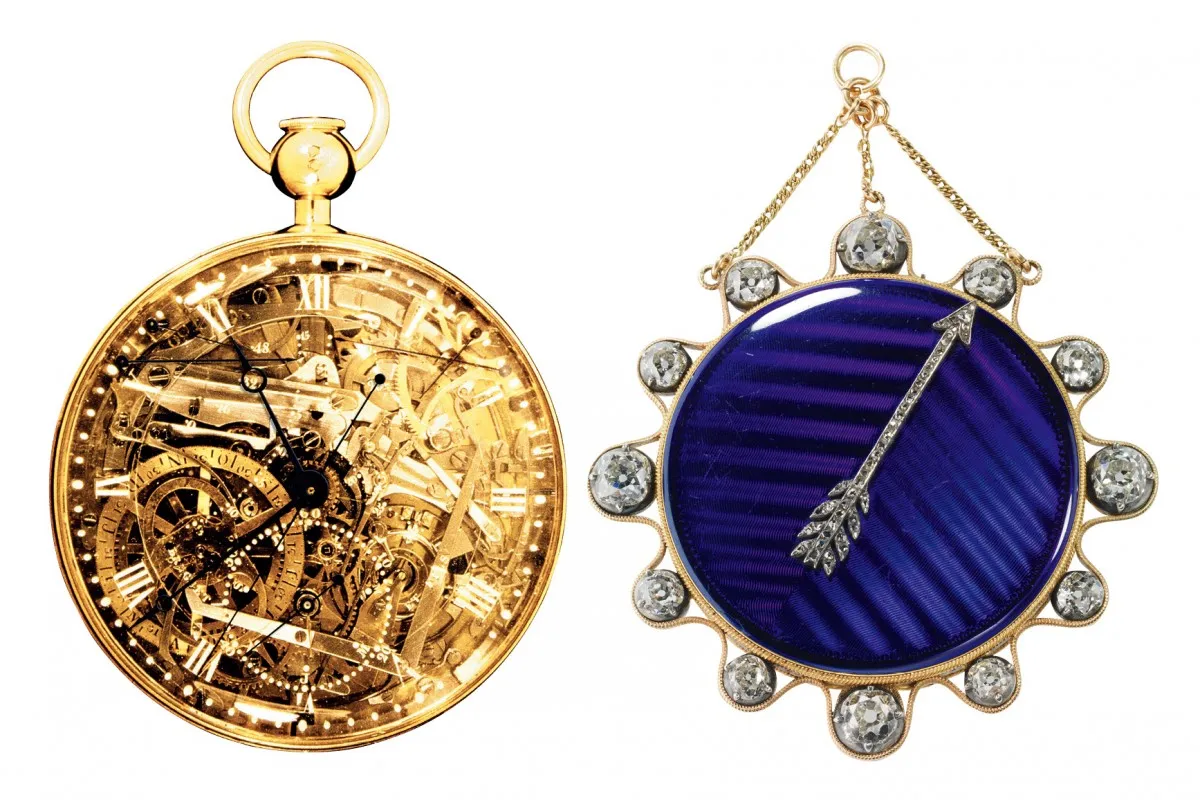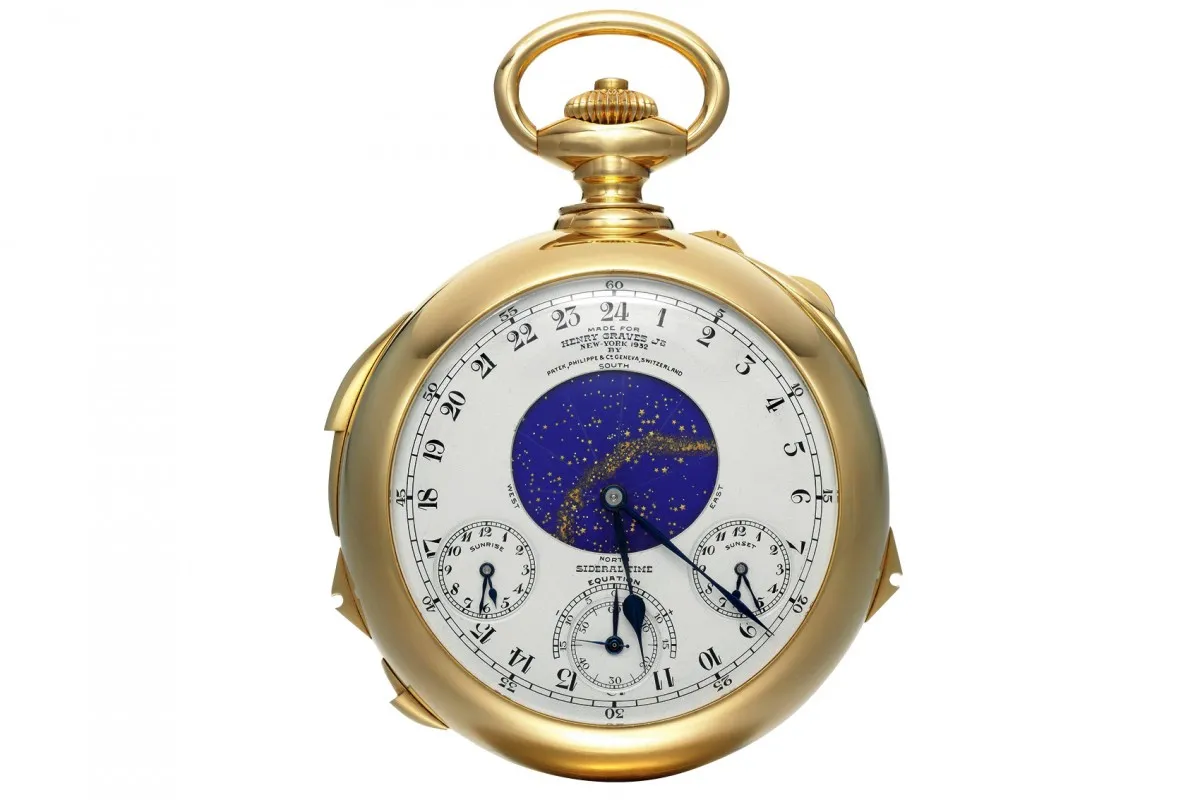In today’s age of technology, we are surrounded by devices that tell the time from our computers to our phones. So why are people still interested in collecting timepieces?
Demand for the craftsmanship of a mechanical watch (both wrist and pocket) remains high, and the sales of luxury watches continue to grow. Watches are, and always have been, displays of mankind’s mechanical mastery: they combine ingenious technology with decorative design. To own such a watch shows an appreciation of the complexity of its mechanism and aesthetic appeal.
Here, Sotheby's watch specialist Joanne Lewis talks to us about the work of the great 17th century watchmaker Thomas Tompion, and how to find a pocket watch of your own.
When was the first pocket watch invented?
The first portable watches emerged in the early 16th century. These were commonly shaped like a drum and made of gilt brass, with a single hand for telling the time. Some may be seen in still life and portrait painting from the period, such as Hans Holbein the Younger’s portrait of George Gize in 1532. It isn’t known who the first makers of these pieces were but examples can be found from Germany and France.
How did they develop?
Following the invention of the hairspring in 1675, pocket watches developed into more accurate timekeepers. Instrumental in their advancement was Thomas Tompion (1639-1713), the most celebrated English maker of clocks and watches. His watches were worn by royalty and the wealthy families of Europe.
The single hour hand was replaced by hour and minute hands that displayed the correct time to within a few minutes. The pocket watch took on further technical advancements with the introduction of the quarter repeating mechanism. This strikes the number of hours, and then the number of quarter hours since the last hour, through a bell inside the case. The earliest known example was made by Daniel Quare (1649-1724) in 1680.

In the 18th century, London was the world’s capital for watchmaking, with multitudes of skilled craftsmen. The fine decorative technique of repoussé work (where a design is hammered into sheet silver) was applied to watch cases and proved very popular. Beautiful examples can be found depicting symbolic imagery from the classics in low relief. They were also accompanied by matching chatelaines – decorative belts with chains on which to hang useful items. Elsewhere in Europe, attractive enamel watches were being made in France and Switzerland.
What makes a pocket watch collectable today?
There are three important elements that affect the value: brand, complications (additional functions) and condition. These points are key in an item’s resale value. The more complications a watch incorporates, the higher its rarity and value. Whether a watch works or not is not always relevant, as a collector will often buy it as a beautiful piece of history rather than as something to use.
Which are the most sought-after brands?
Each period has its prominent makers. The predominant brands that made the highest-quality luxury pocket watches with beautifully crafted complicated movements from the 19th and early 20th centuries are Breguet, Patek Philippe, Vacheron Constantin, Audemars Piguet and Girard-Perregaux. Starting prices for these are around £2,000 and they often go up to the tens of thousands and sometimes higher. The most important is Patek Philippe.
With a history for making the most complicated and sought-after watches in the world, Patek Philippe holds the record for the most expensive time-piece ever sold at auction – the Patek Philippe Henry Graves Jr Supercomplication, which went for £15m Sotheby’s Geneva in 2014 (below).

What else should a collector look for?
In recent years, we have seen increased interest in decorative watches, including enamel-form watches, automaton watches – which sometimes feature erotic scenes – and musical watches.
We have also seen a boost in demand for enamel watches that were made specifically to sell to the Chinese market. The most significant maker of this type of watch was William Ilbery (1760-1839). With the taste of the Asian market in mind, the movements were highly engraved, with the work being carried out in Switzerland – mainly in Fleurier, a village in the watch-making region of Val-de-Travers.
Ilbery was followed by such makers as Bovet and Juvet, who also worked in Fleurier. Their pocket watches now fetch anything from £20,000 to £60,000.
The Celebration of the English Watch Part III: The Genius of Thomas Tompion will be held at Sotheby's, 34-35 New Bond Street,London, W1A 2AA, on 15th December. 020 7293 5000; sothebys.com